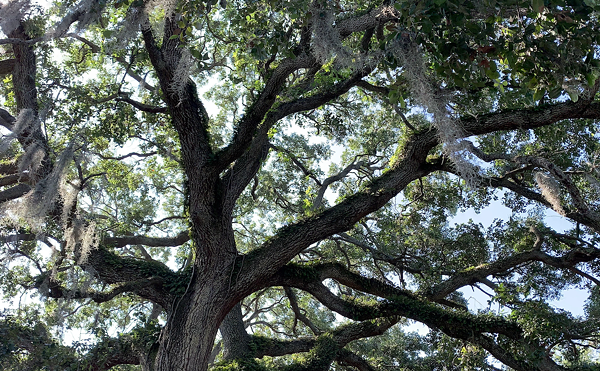The following is from the environmental themed advice column EarthTalk®, by the Editors of the non-profit publication E/The Environmental Magazine, that we’ll be regularly featuring here on CL’s Green Community.
Dear EarthTalk: Are the world’s amphibians still in decline and what’s being done to help them? — Chris W., Stamford, CT
Unfortunately yes, amphibians are still in serious trouble around the world. A recently updated worldwide population assessment by the non-profit International Union for the Conservation of Nature (IUCN) found that 32 percent of the 6,000-plus amphibian species left on the planet have declined to dangerously low levels—and qualify for vulnerable, endangered or critically endangered status on the group’s “Red List” of at-risk wildlife.
Perhaps even more disturbing is that upwards of 160 amphibian species—some of which have been around for hundreds of millions of years—have gone extinct just in the last 25 years. Since amphibian species are particularly sensitive to environmental change, they are often the first animals to decline in areas just beginning to experience environmental degradation, and as such are considered to be important indicators of the health of the wider ecosystems surrounding them.
Scientists are hard-pressed to pick one major cause for such dramatic declines, but at least one key culprit is a fungal pathogen called “frog chytid” (Batrachochytrium dendrobatidis). According to the non-profit Amphibian Ark, frog chytid causes changes to amphibians’ sensitive outer skin layer, making vital life processes—such as the absorption of water, oxygen and electrolytes—difficult or impossible. Prior to 1999 researchers hadn’t yet identified this variant of the chytid fungus, let alone the role it was playing in decimating amphibian populations. It is particularly dangerous because none of the world’s amphibians seem to be immune—even those species that survive an infestation still carry and transmit the parasite.

















